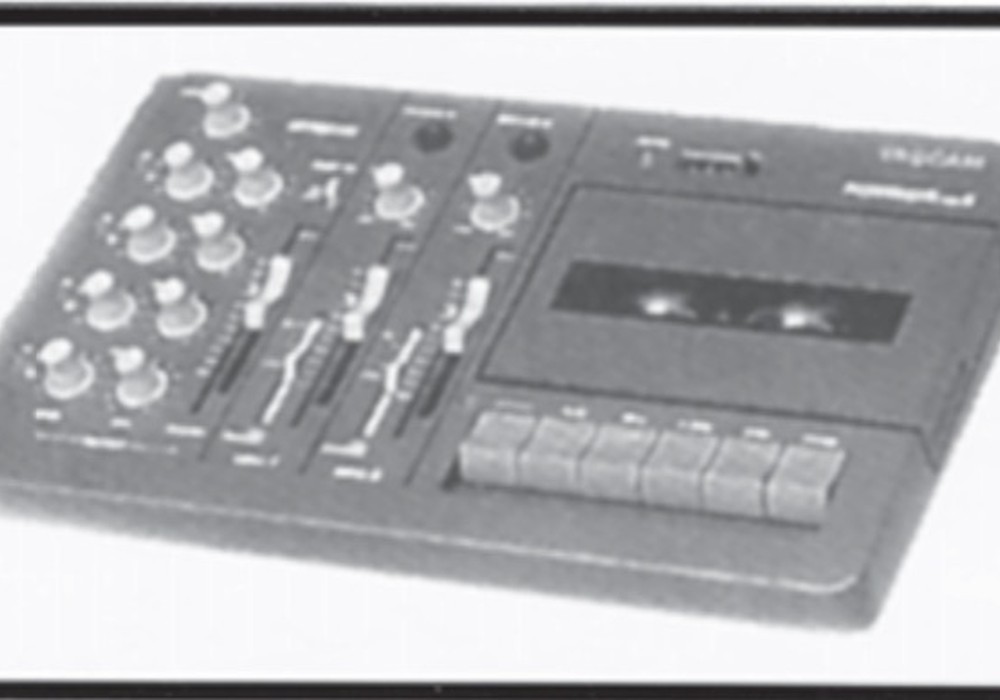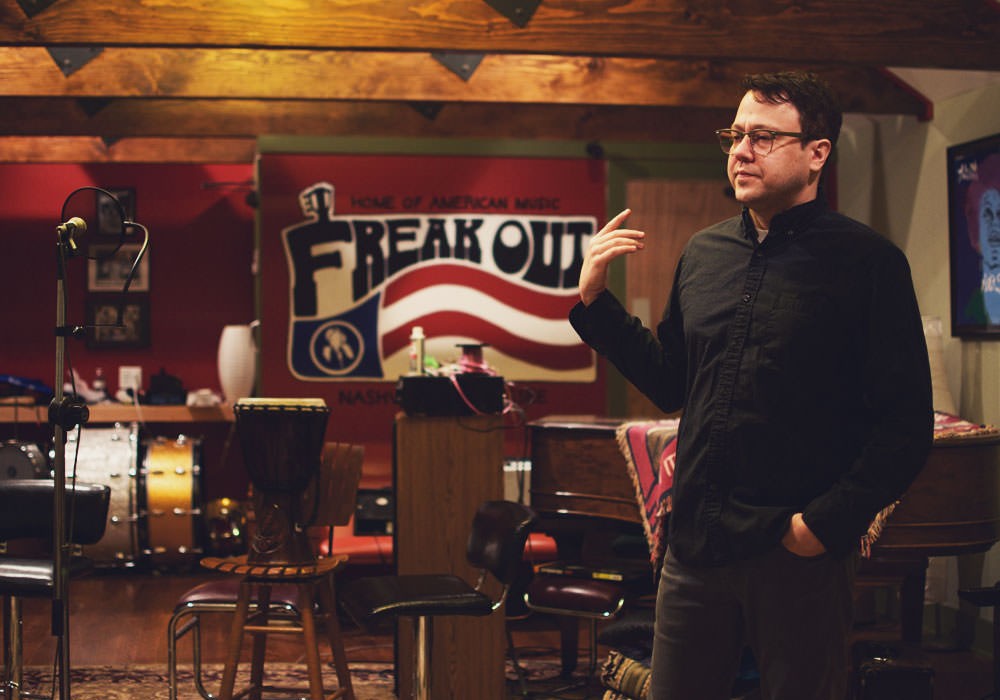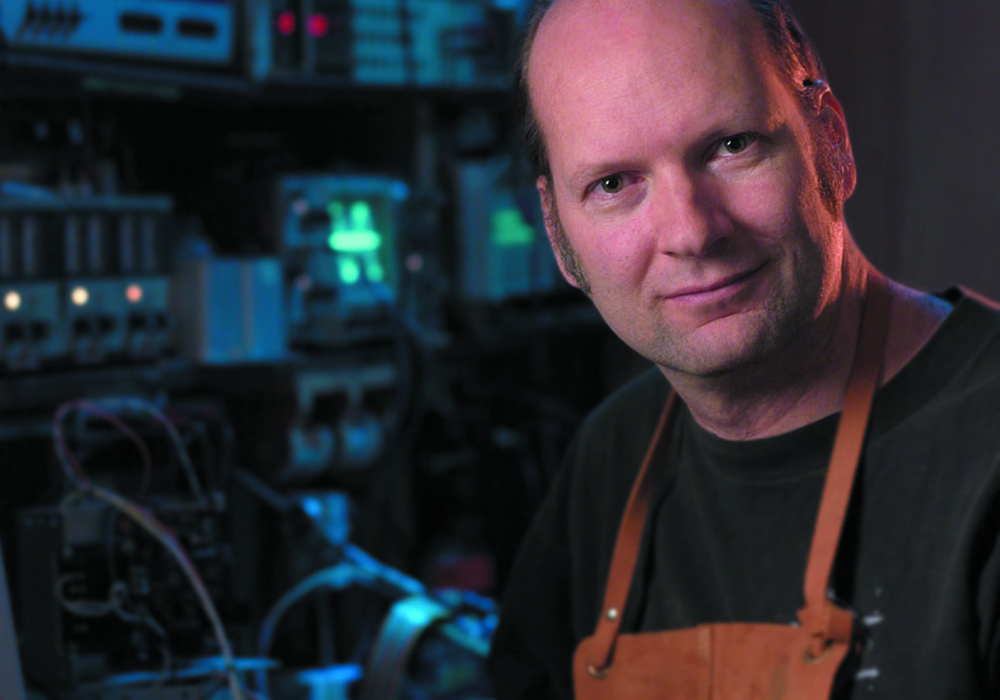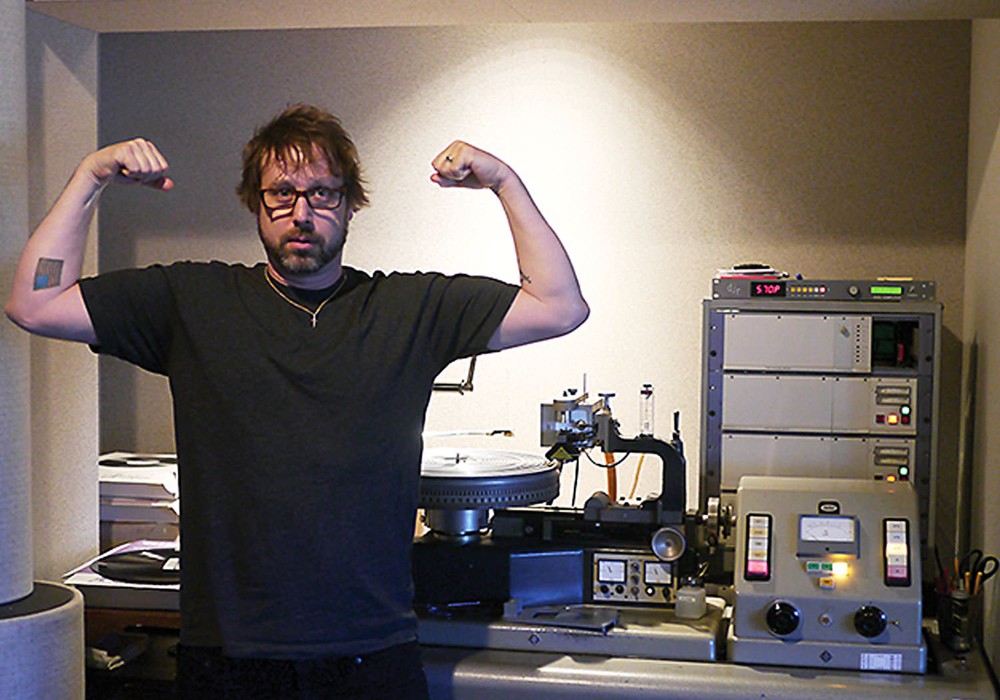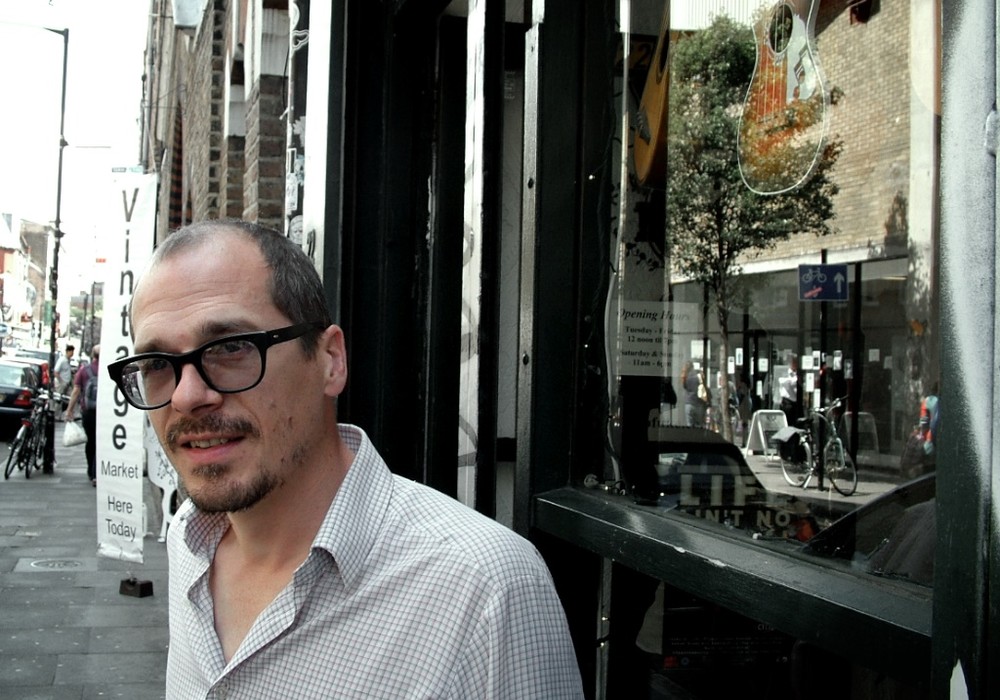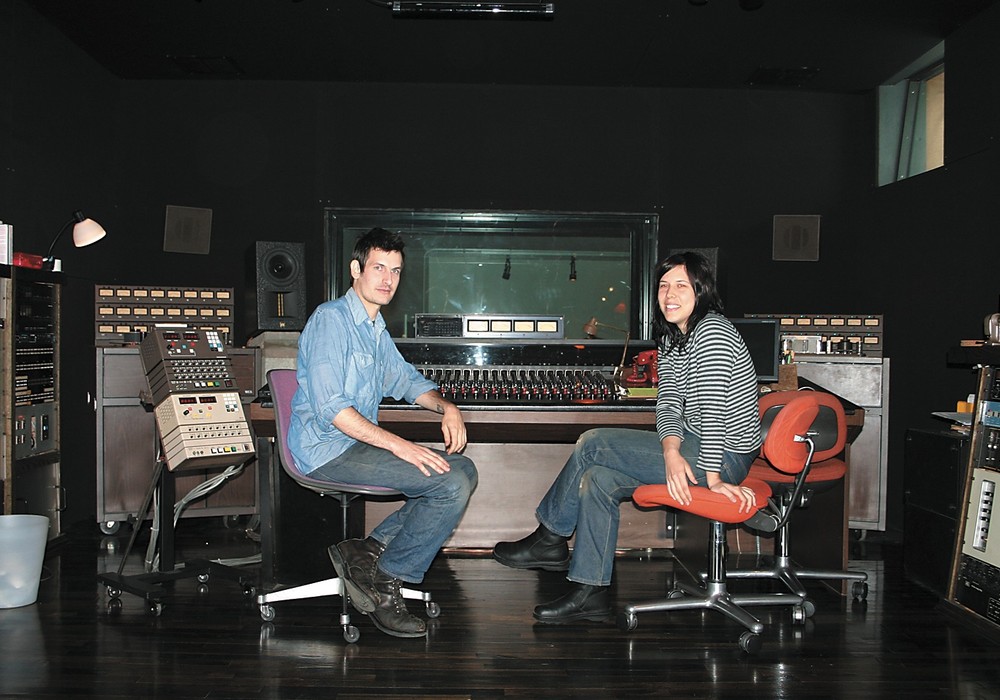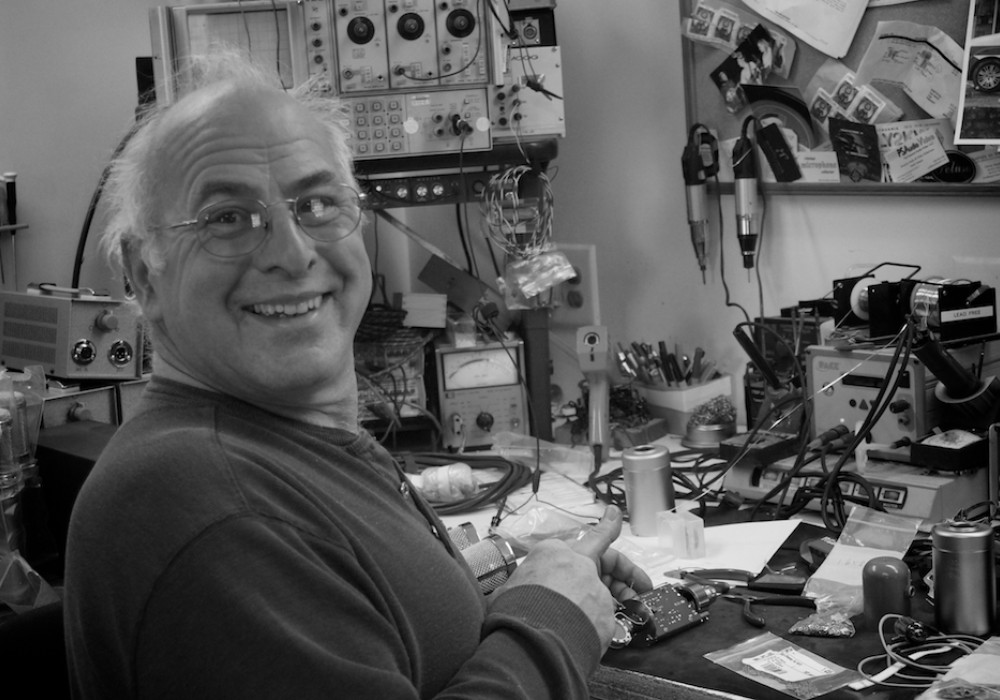It is the brave men and women fascinated by analog-to-digital (A/D) and digital-to- analog (D/A) conversion that make audio a reality today. Dan Lavry, founder of Seattle-based Lavry Engineering, put his music bug and his science bug together early on. Now he spends his days ensuring that sound will come in and out of digital devices as transparently as the latest components will allow.
When did you first become interested in conversion?
Until the mid-'80s I was designing converters for different applications that weren't audio-related: medical electronics (early MRI machines), instrumentation and weighing scales for letters. Converters are simply the bridge from a world that is analog — such as blood pressure, the weight of a letter or sounds — to a world of technology that is built around computing. The reason conversion becomes so important is because of the shortcomings of analog. Before we got so computerized we had very low quality memory, and even today we don't have very good analog memory. In the past, for example, we put information on tape, which gets demagnetized on a car dashboard during a hot day; or vinyl, which is great until you wear it out or it gets scratched. Analog memory is very fragile. A lot of the analog memory shortcoming issues are solved in the solid world of numbers, which is where computers operate.
When did you first become interested in audio conversion?
When it comes to audio conversion, I had a lot of freedom in a couple of areas. One is that the absolute maximum peak level is not that critical. Usually you have some type of volume control anyway! You let the user change it so absolute maximum is not that critical. Also, the DC offset is not all that critical either (relative to many other applications). But audio conversion tends to be extremely demanding because of the dynamic range. The ear hears a very huge dynamic range. If you agree that a person can hear a 120 dB range — 1,000,000:1 range when you use common numbers instead of dB — then you can understand that the ear is extremely demanding. It was a big fight to get more and more dynamic range because the early converters were weak in that department — it was a struggle to get 16 bits. The other challenge is to achieve ultra low distortions. So I got interested in audio conversion because it was about music. I'm a musician and I play music every day. So here it was: an opportunity to combine what I like doing a lot, which is design, with another thing I like a lot, which is music.
Without getting too scientific about it, explain briefly what A/D and D/A converters are actually doing in the signal path.
Outside of audio, we are living in a world that is basically analog. There will be some people that will argue that everything is quantized, but those people are physicists looking at dimensions that are so small that it's not anything we would normally relate to on a day-to-day basis. At the scale of what we deal with — for all practical purposes — sound is analog. If we vibrate strings, play a piano, a drum or flute we have analog signals. We are making a motion and the motion is not broken into little steps, it is a continuous motion. The sound is air pressure variation, which we convert to voltage with a microphone. If the signal is weak, we increase it with a mic pre. If we choose to stay in the analog world then we embed it into vinyl or tape. We then pick it up and convert it by taking an electric signal and converting it back to an air motion with devices like speakers or headphones. But there are some advantages to embedding the audio signal in a digital format: You can store digital on a hard drive or on a CD — the signal becomes a sequence of samples that you can send over the Internet easily; and it won't deteriorate much. In the case of an analog signal: if you smear it a little bit you've distorted it, altered it. If you send analog over a transmission line it will be changed because the line will distort it. With digital you have immunity to all that stuff. All you have to make sure of is that a zero will be recognized as a zero, and a one...
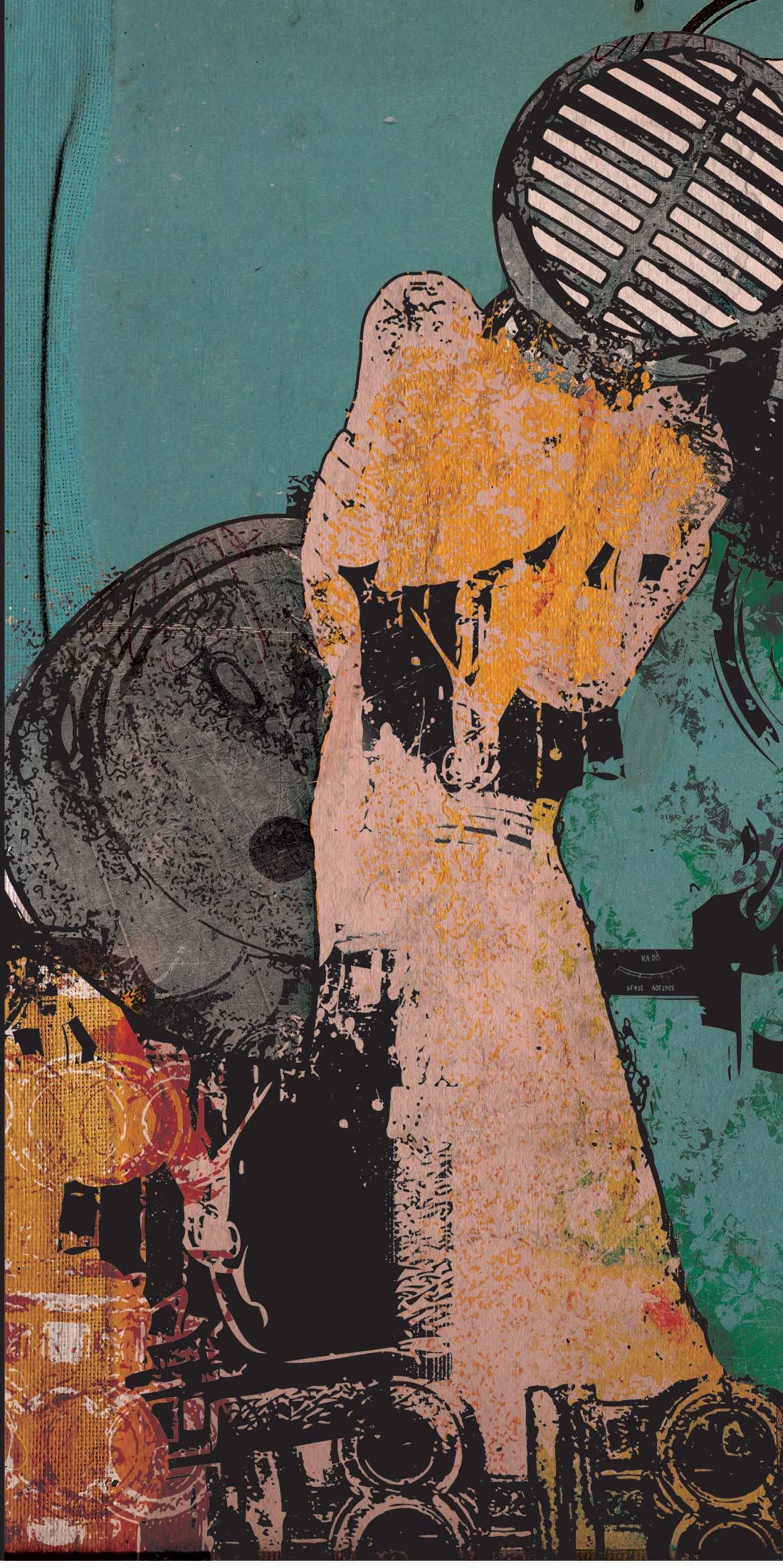

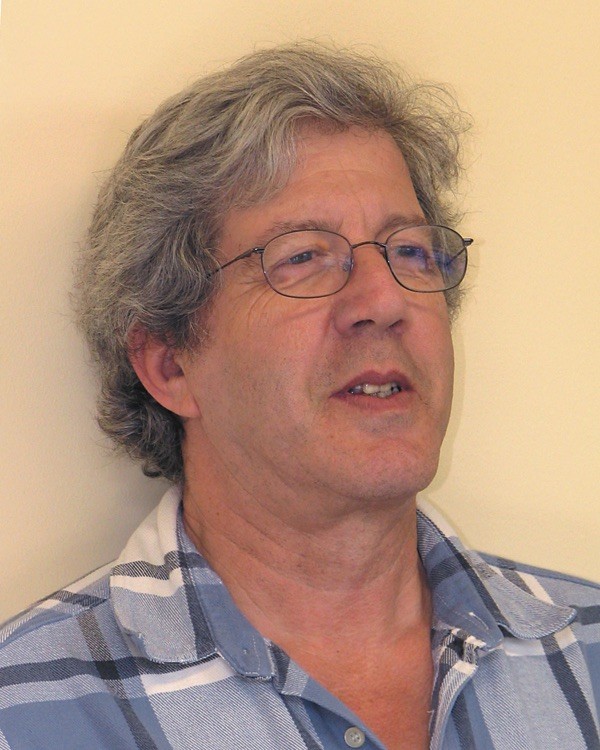
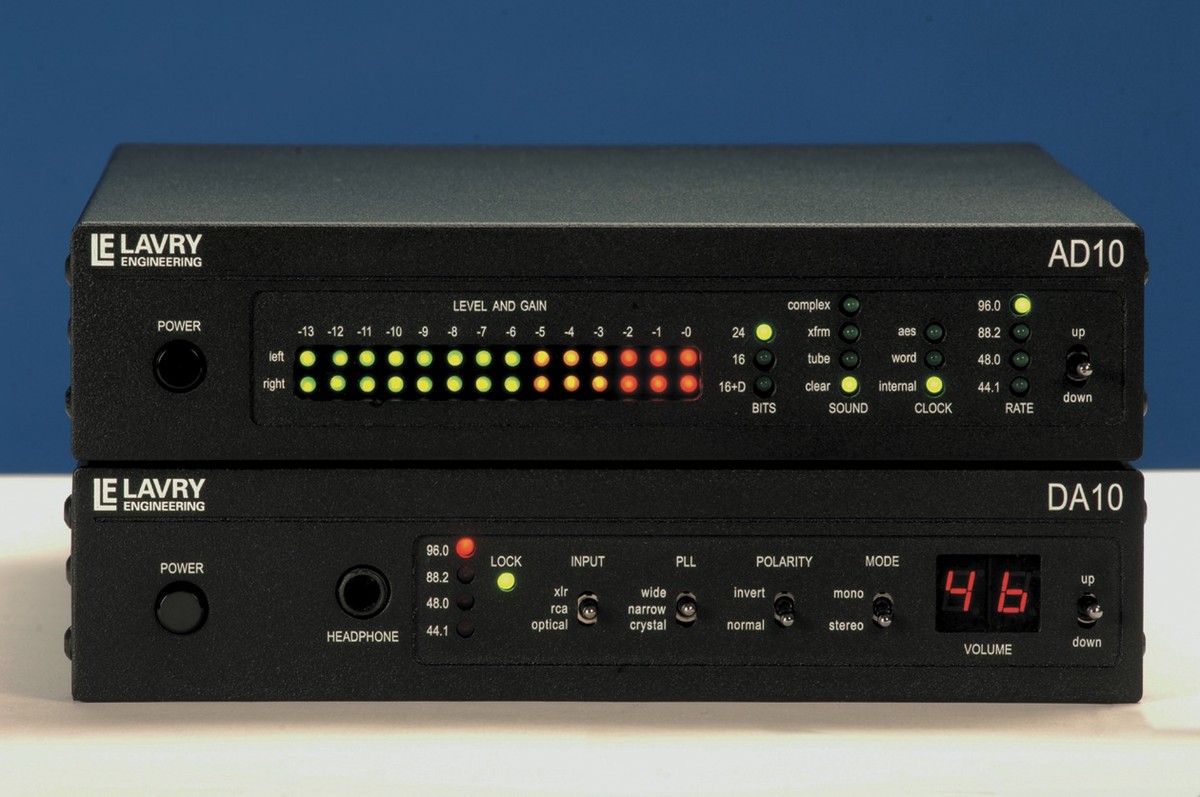


_disp_horizontal_bw.jpg)

